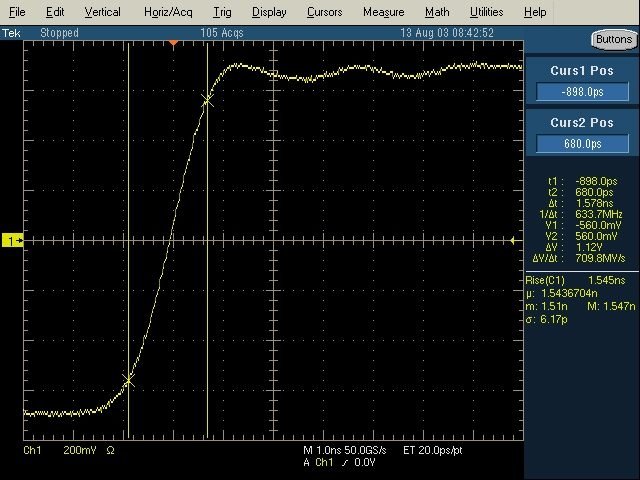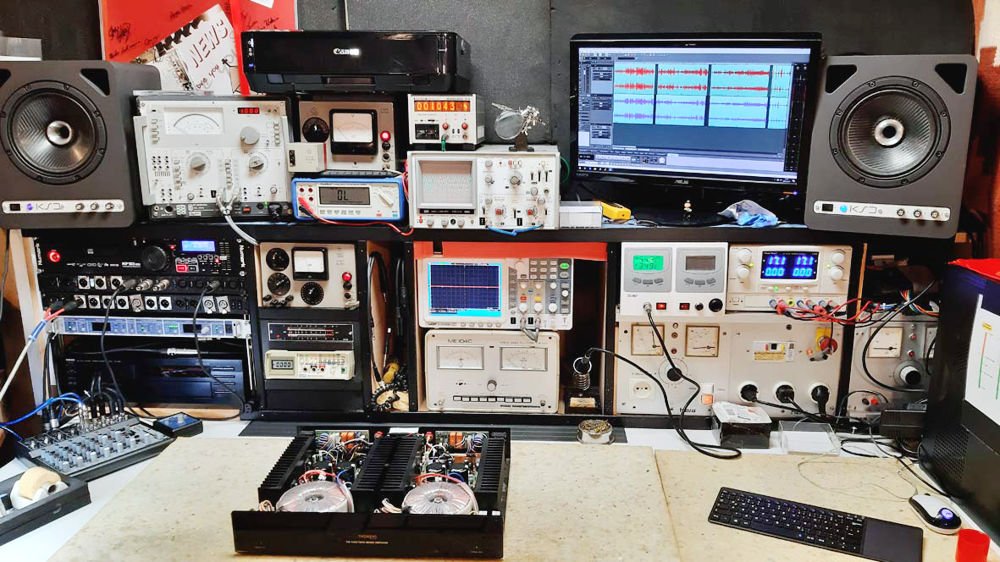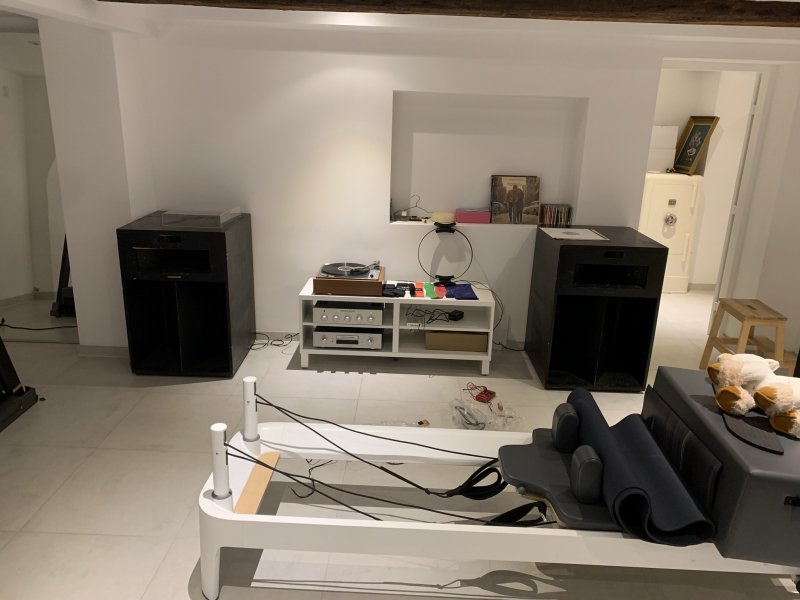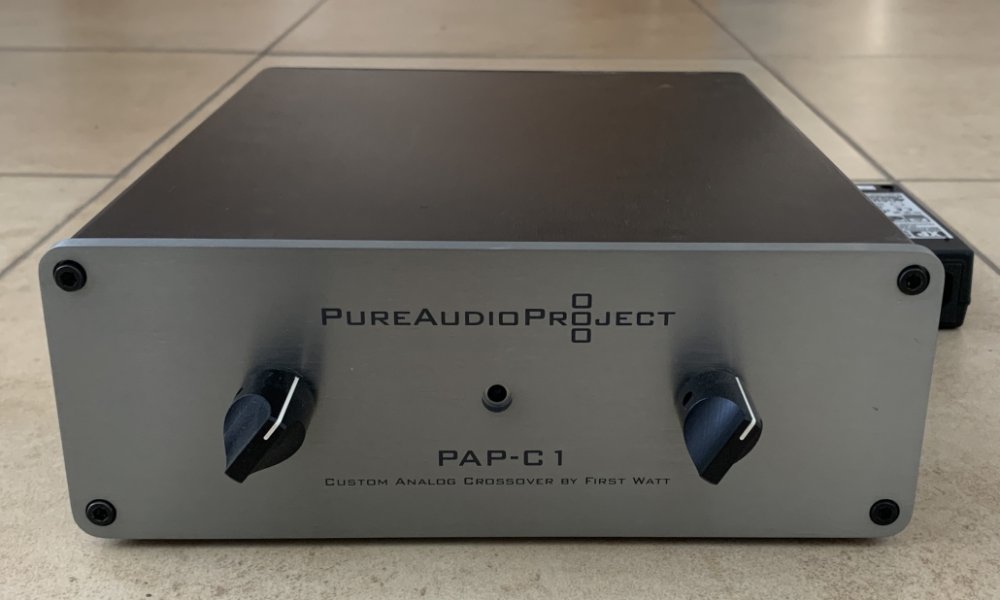we mean exactly the same thing, just use different words. I find it difficult in English.I have no interest in discussing the merits of various specs, but if you wish to bring specs into any discussion, please acknowledge them appropriately. In electronics, slew rate is defined as the change of voltage or current, or any other electrical quantity, per unit of time. I think I appreciate what you are trying to say about 0.3µs, however my understanding is that is not a slew rate, but rather a rise time of the square wave signal. The rise time, settling time (equally important!) and slew rate all contribute to the "speed" of an amplifier. The 0.3 µs you quoted is quite fast, although there are many amps that are faster. The Spectral 400 for example has a rise time of <225 nanosec (or 0.225 µs). While an academic discussion of these parameters is interesting and fun, I learned a long time ago they may or may not contribute to how an amplifier ultimately sounds, or more importantly, how it ultimately pleases the listener in a given system.
shows the rising edge of the 1 kHz square wave signal. The rise time is usually measured between 10% and 90% of the amplitude. The oscilloscope conveniently calculates the rise time with 1.578 nanoseconds. The slew rate of this signal is 709.8 megavolts per second. Converted to the usual volts / µs, this results in: 709.8 volts per microsecond. The Analogscope user has to count the tick marks of the scaling and calculate the delta y by delta x. The true square wave is even faster because the oscilloscope adds about 800ps. Such a rate of rise of the test signal is already more than sufficient for a hi-fi amplifier. It is very nice to see the clean transient process of the square-wave signal with very little overshoot, these are of a similar nature as in Figure 1.

i don't want to continue the topic now if you are in germany. I like to measure your amplifiers











